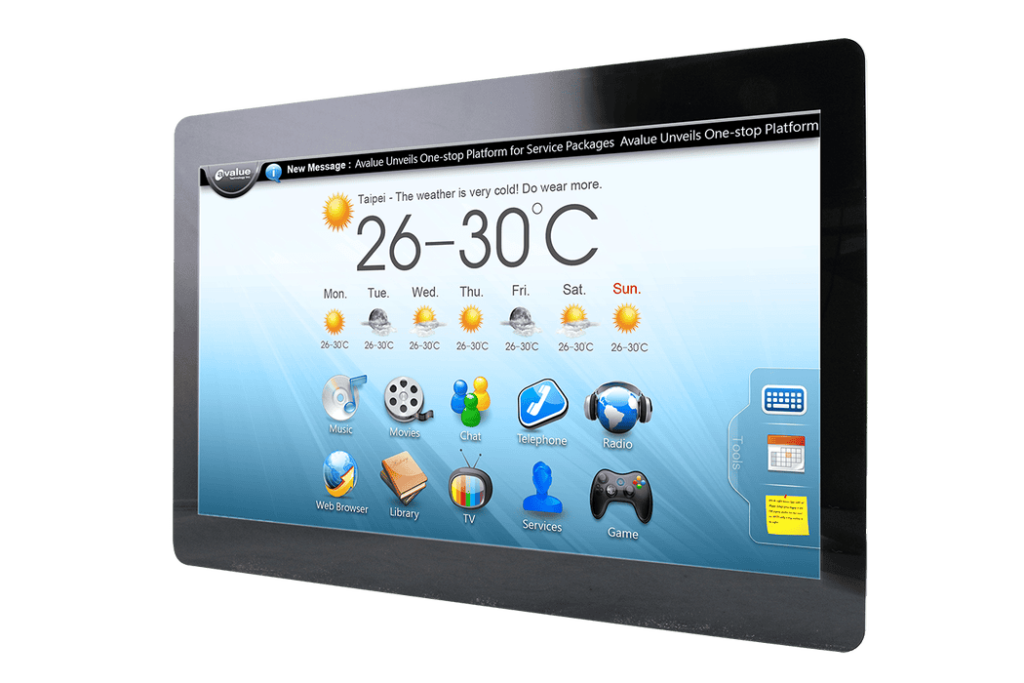+44 (0)1634 791600
info@crystal-display.com
Newsletter Sign Up!
+44 (0)1634 791600
info@crystal-display.com




Rotary switches, also known as rotating switches, are mechanical components designed to change the position of an electrical contact by turning a shaft. This action enables the user to select different circuits or functions within an electrical or electronic system. Unlike toggle or linear switches, rotary switches can support multiple positions with a single rotational movement. Their core components typically include a shaft, rotor, and multiple contacts that are activated based on the rotor’s position.
The humble rotary switch has now evolved. Enter the DMG48480C021_13WTC—a next-generation rotary interface from CDS & DWIN. Featuring a 2.1” circular IPS TFT display with 480 x 480 RGB resolution, fully laminated capacitive touch, and a custom dual-core processor, this Smart UART Display Switch pushes the boundaries of what a rotary switch can be.
Housed in a compact encoder-style shell, this advanced module integrates a single-pole rotary switch with 24 detent positions and a push-button function. Its rugged design makes it ideal for demanding industrial and high-end electronic applications.
At its core lies the T5L0-Q88 dual-core processor developed by DWIN. This enables seamless UART TTL/CMOS communication with your host microcontroller. Additionally, with DWIN’s DGUS development platform, building a fully functional UI is fast and user-friendly—no coding experience required, and with 16MB of NOR FLASH memory, even the most complex UI can be accommodated.
Rotary switches are invaluable in scenarios where multiple choices must be accessed through a single, straightforward action. Typical applications include:
Rotary switches have long been a cornerstone of intuitive and reliable control across countless industries. Their tactile feedback, durability, and precision continue to make them a preferred choice in applications requiring clear, deliberate user input. However, as technology advances, so too must our interfaces.
With the introduction of the Smart UART Display Switch from CDS and DWIN, the rotary switch is no longer limited to mechanical function alone. This innovative module combines the classic reliability of a rotary encoder with the intelligence and interactivity of a modern touchscreen display—unlocking a new world of possibilities for control systems.
Whether you’re designing next-generation industrial equipment, modern consumer electronics, or high-end instrumentation, this smart rotary solution offers a seamless blend of tradition and technology—pointing the way toward the future of user interfaces.